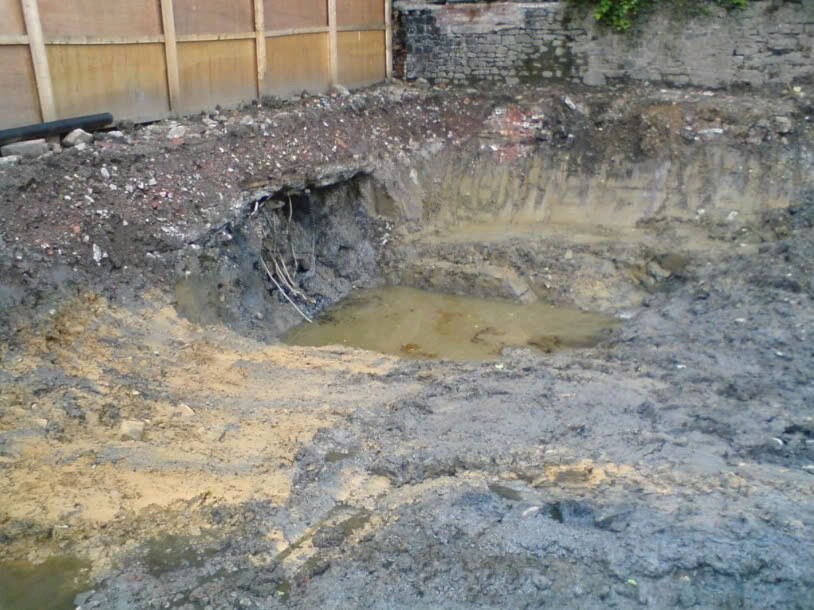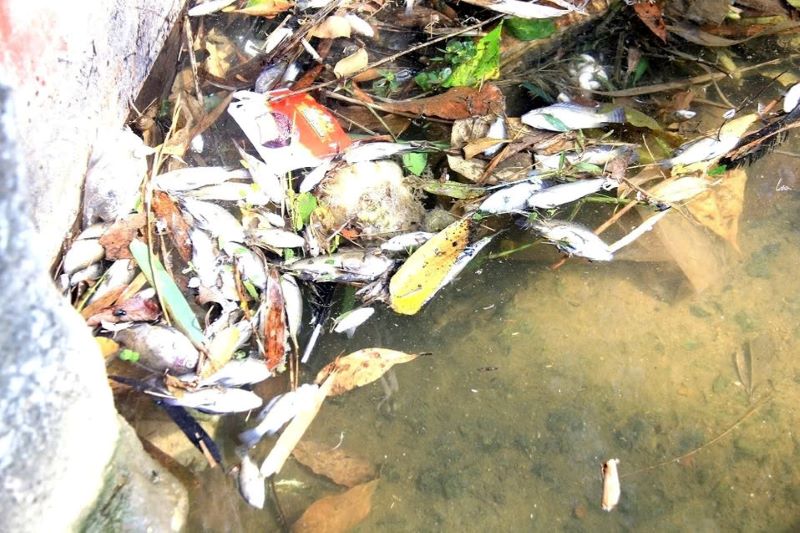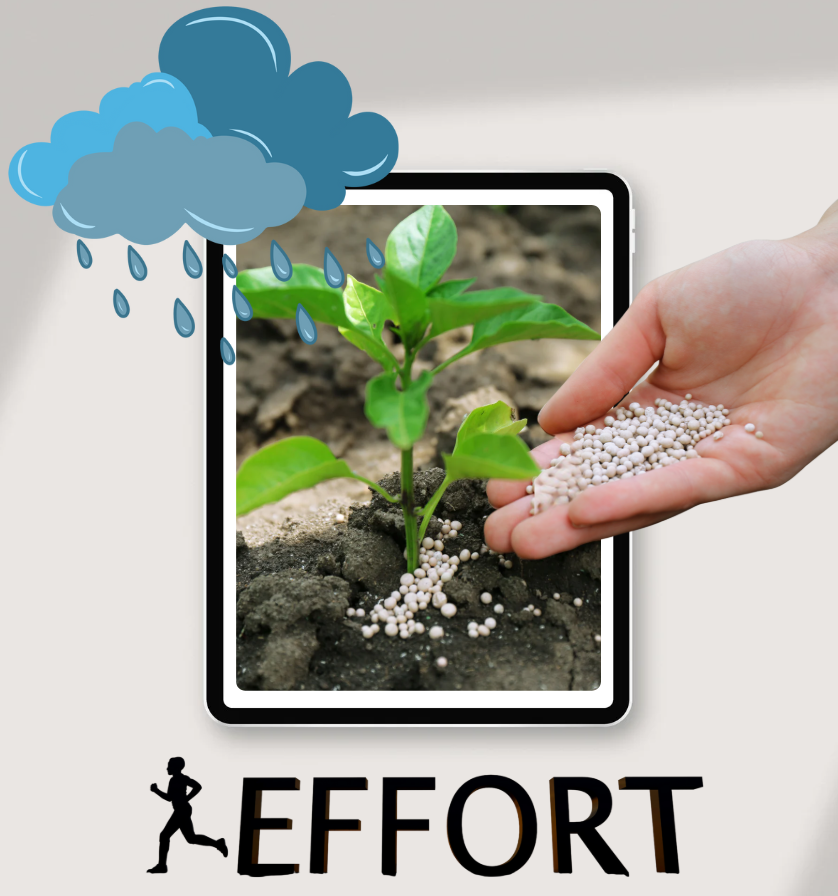
The Impact of Avermectin on Soil Health, Water Sources, and Surrounding Ecosystems
Avermectin is a widely used pesticide and anthelmintic commonly applied in agriculture and veterinary medicine. While Avermectin is effective in controlling pests and parasites, improper use can have severe impacts on the surrounding environment, especially on soil health, water sources, and ecosystems. This article will explore the effects of Avermectin on environmental factors and how to minimize these impacts.
1. What is Avermectin?
Avermectin is a group of chemical compounds belonging to the macrocyclic lactone class, widely used to control a range of pests and parasites. It works by inhibiting the nervous system of target organisms, causing paralysis and death. Avermectin is used in pesticides, veterinary drugs, and even in the treatment of certain human diseases.
2. How Avermectin Works

Avermectin primarily works by blocking chloride ion channels in the nervous system of target organisms, causing paralysis and death. However, this mechanism can also affect non-target organisms if they are exposed to the pesticide. Avermectin can enter the tissues of organisms through ingestion or contact with contaminated substances.
Impact on Soil Health
Soil health is a critical factor in agriculture, as soil provides nutrients for crops and sustains beneficial organisms. Avermectin can negatively affect soil organisms, including microorganisms and beneficial insects, leading to a decline in soil quality.
Effects of Avermectin on soil health:
- Decreases beneficial microorganism activity: The use of Avermectin can kill or reduce the number of beneficial microorganisms in the soil, such as bacteria that decompose organic matter. This reduces the soil’s ability to break down plant and animal waste, resulting in nutrient-poor soil.
- Impact on soil insects: Soil insects, such as earthworms, may be harmed by Avermectin, reducing their population. Soil insects play an important role in improving soil quality and facilitating plant growth.
- Reduced soil aeration: A decline in beneficial soil organisms can reduce the soil’s ability to maintain a loose structure, leading to reduced water retention and nutrient availability for plants.
3. Impact on Water Sources

Avermectin can enter water systems if it is washed off from the soil by rain or used near water sources. Contaminated water can cause serious problems for aquatic life and affect the quality of drinking water for humans.
Effects of Avermectin on water sources:
- Water contamination: Avermectin can enter rivers, lakes, and groundwater, affecting water quality. When aquatic organisms come into contact with Avermectin, they may suffer from poisoning, reduced health, or even death.
- Impact on aquatic life: Fish, shrimp, and other aquatic organisms can be severely impacted by Avermectin. Studies have shown that Avermectin can be toxic to fish and other aquatic species, affecting their development and reproduction.
- Loss of biodiversity: Water contamination by Avermectin can reduce biodiversity in aquatic ecosystems, disrupting the balance and development of aquatic life.
4. Impact on Surrounding Ecosystems

Ecosystems include the living organisms and natural environments in which they live. Avermectin can affect non-target organisms such as wildlife, beneficial insects, and other species in the ecosystem. Improper use of Avermectin can lead to a decline in biodiversity and ecosystem imbalance.
Effects of Avermectin on ecosystems:
- Impact on wildlife: Wildlife species may suffer poisoning if they consume contaminated animals or insects. This can affect the population, reduce their survival, and even threaten their existence.
- Impact on insects and natural predators: Beneficial insects, such as honeybees and fly larvae, may be harmed by Avermectin, reducing their ability to pollinate and control pests naturally.
- Reduced environmental quality: By killing beneficial organisms in the ecosystem, Avermectin can lead to an imbalance in the natural environment, affecting the stability and development of the ecosystem.
5. How to Minimize the Impact of Avermectin
To reduce the negative impact of Avermectin on soil health, water sources, and ecosystems, farmers and professionals should adopt the following measures:
- Use Avermectin properly: Follow recommended dosages and waiting periods to minimize exposure to non-target species.
- Apply pesticides at the right time: Avoid spraying during pollination periods or when beneficial insects are most active.
- Use biological control methods: Encourage the use of natural predators instead of relying too heavily on chemical pesticides.
- Improve pesticide application technology: Use precision spraying equipment to ensure that the pesticide is applied only to the target area, minimizing off-target contamination.
6. Conclusion
Avermectin is an effective tool for controlling pests and parasites, but its improper use can have serious consequences on soil health, water sources, and ecosystems. To protect the environment and ensure sustainability in agricultural practices, Avermectin should be used carefully and responsibly. By implementing measures to minimize its impact, we can use Avermectin effectively without harming the surrounding ecosystem.
Bình luận
Những bình luận mới nhất



